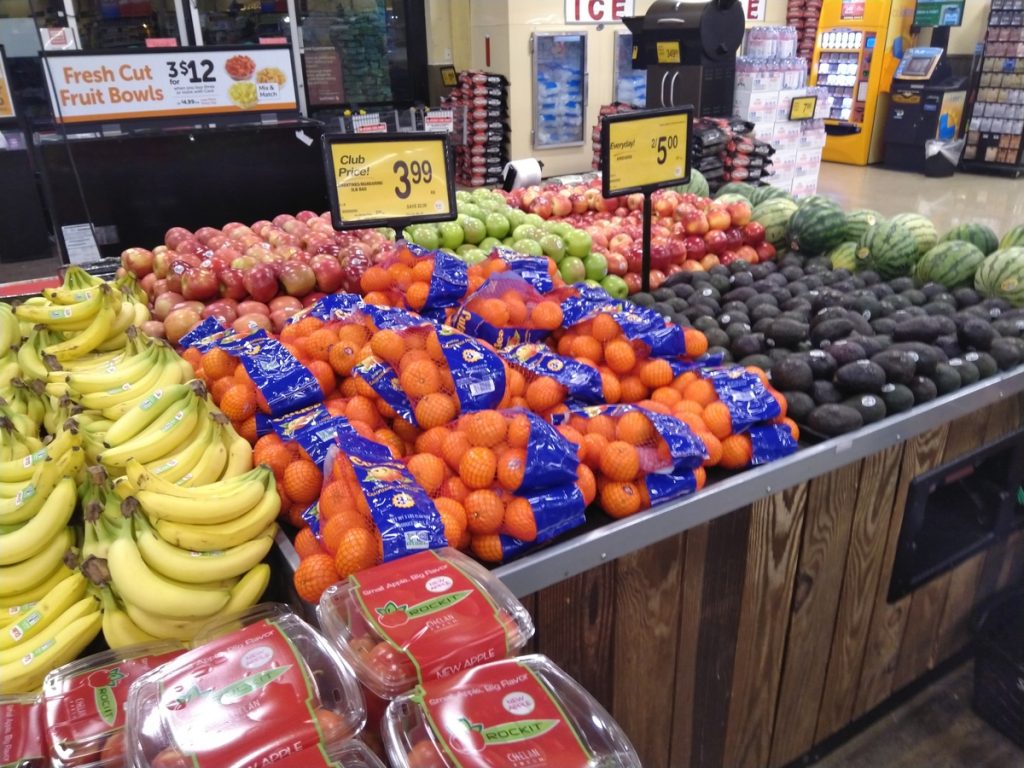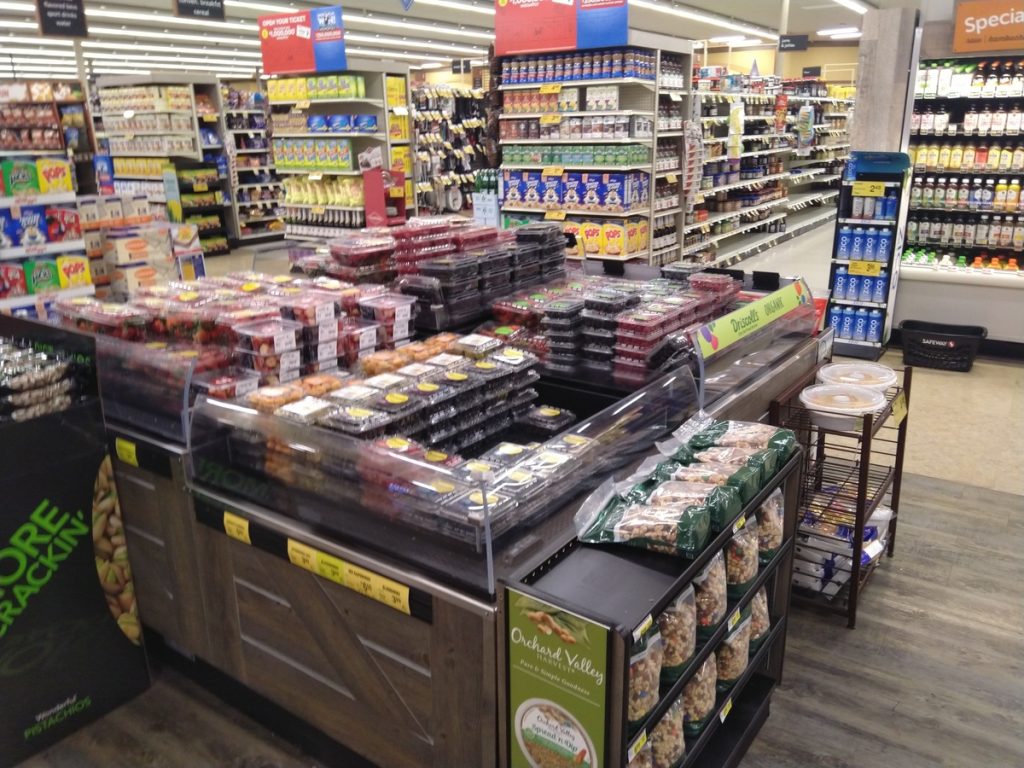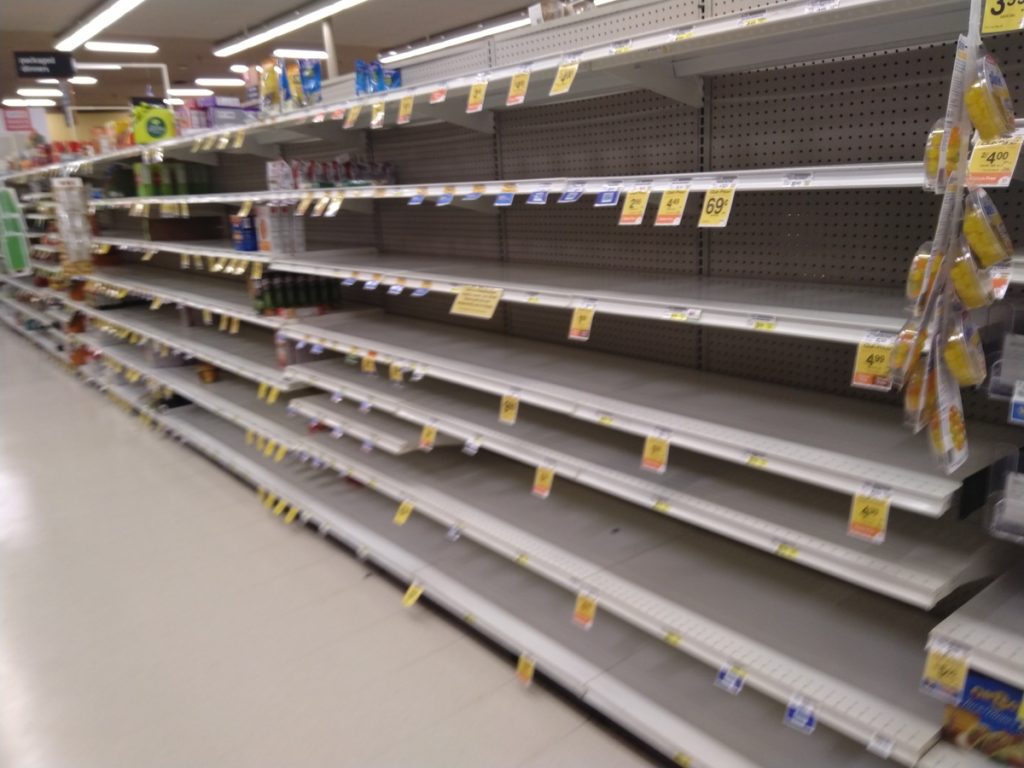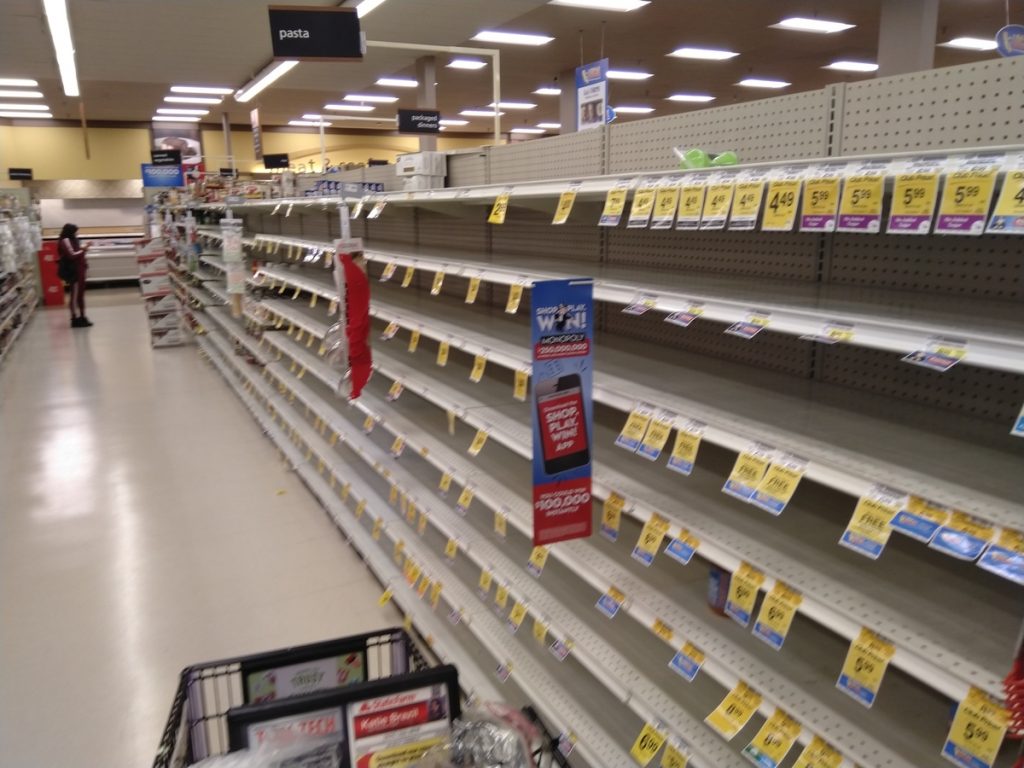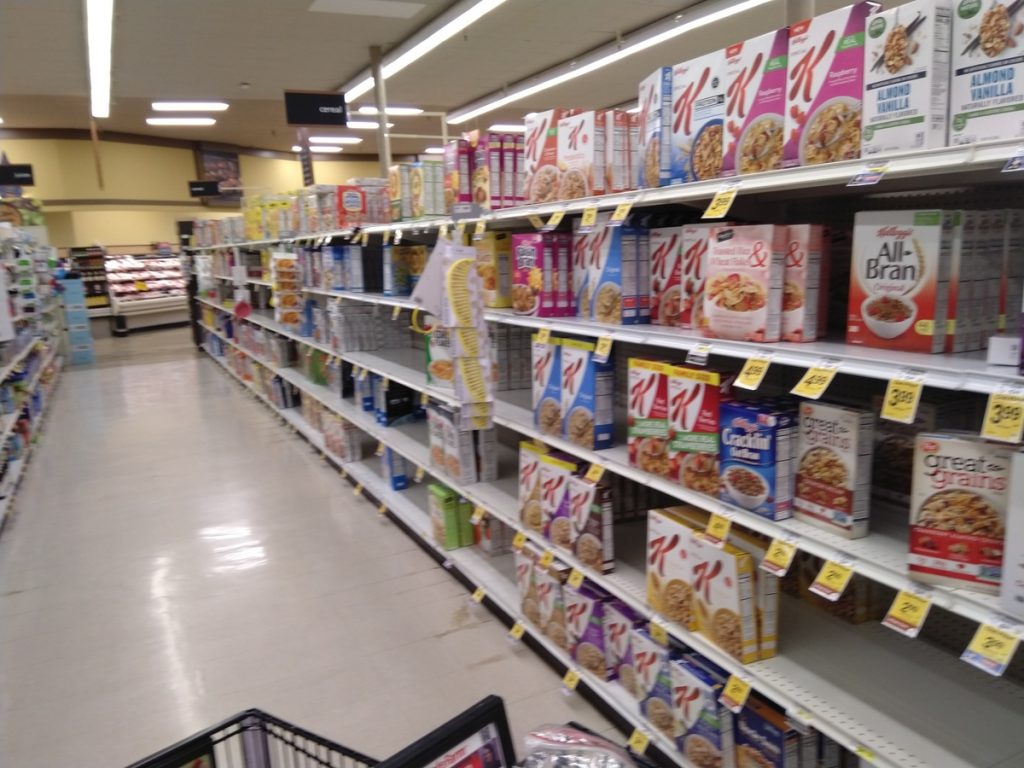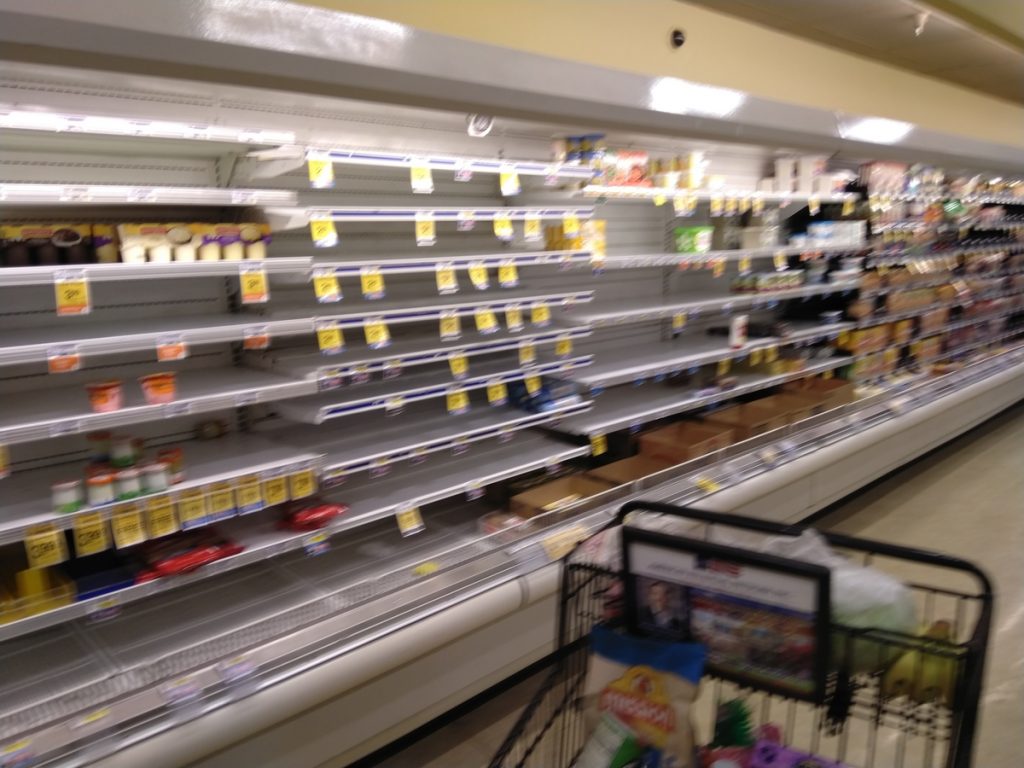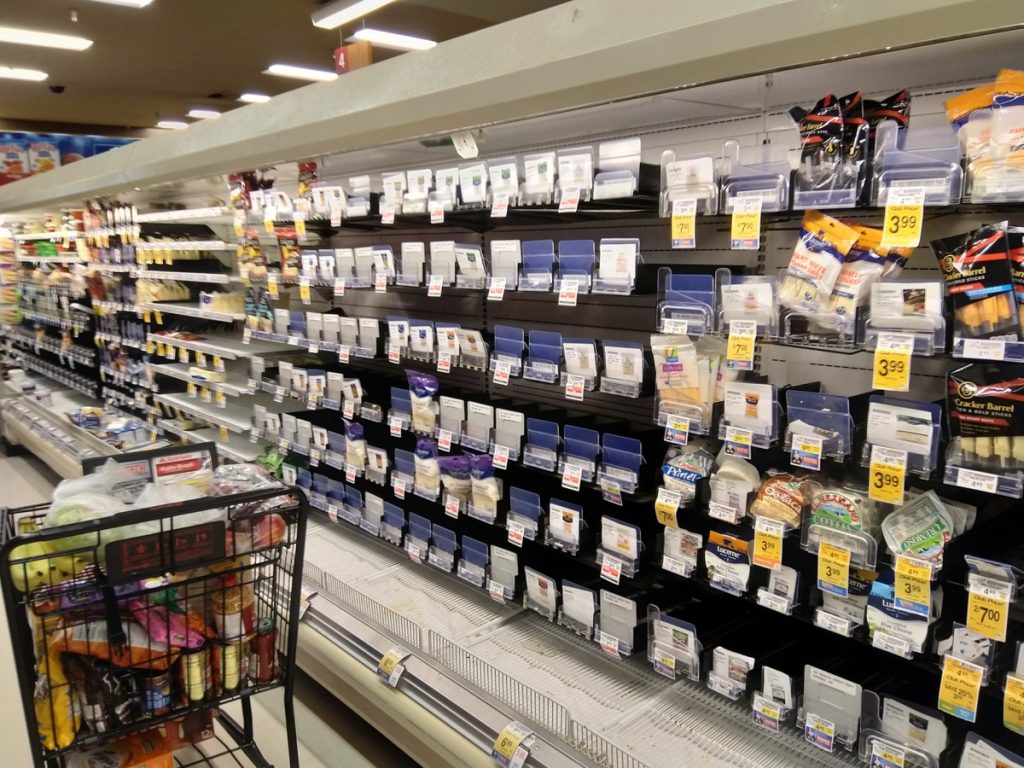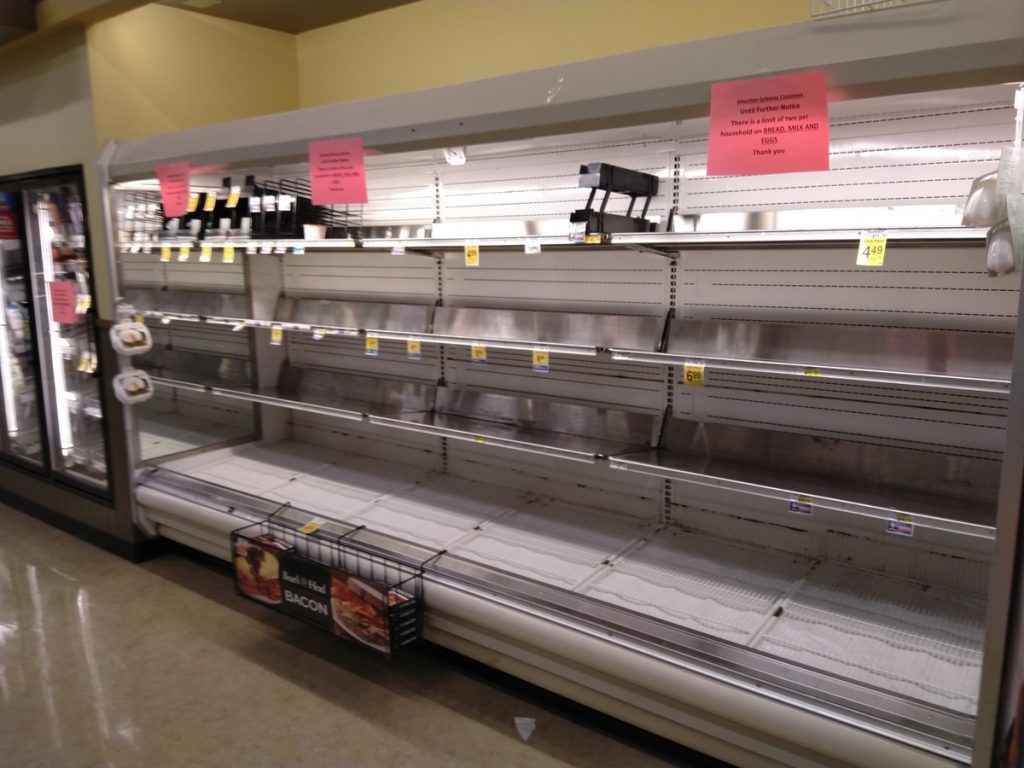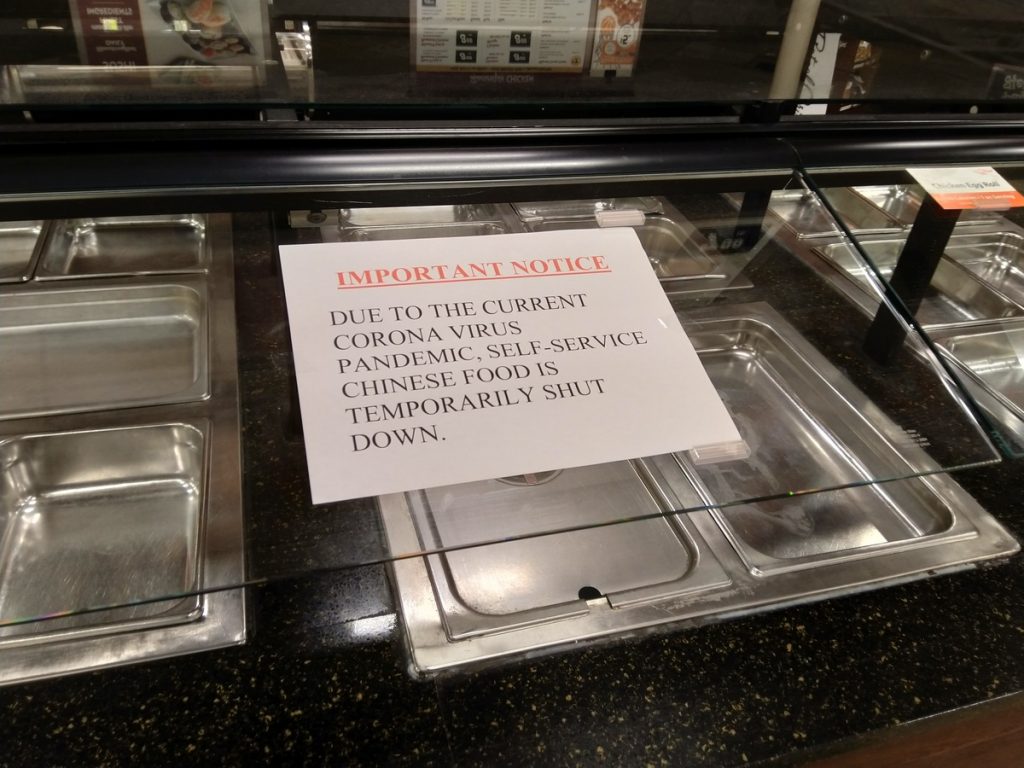- India locks down entire country for 21 days.
- Several manufacturers announce plans to convert assembly lines to produce medical personal protective equipment (PPE) and ventilators.
- Data from two of the contaminated cruise ships suggests the virus can survive on some surfaces for at least 17 days.
- SF Bay Area counties extend school closure until May 4.
- Atlanta mayor reports their ICUs are at capacity.
- Alameda County cases: 124 (though that number is from yesterday).
The girls' usual schedule each day is breakfast then exercise, math & language arts worksheets (Heather) / alphabet practice (Corinne), and chores. Free time until lunch. After lunch, drawing practice with Mo Willems (YouTube videos), "States of Matter" workbook (Heather). Free time until snack at 3. After snack, if the weather is nice, play time outside or a walk.
They've been watching a fair bit of "Science Max" videos. This appears to be the 2020 incarnation of the "Bill Nye the Science Guy" concept. One might think the host's name is "Max", but it's "Phil". Apparently he "takes every experiment to the max".
Congress is still trying to pass a third stimulus/relief bill. On the news of a third bill (of almost $2 trillion) being almost complete the DJIA jumped 2,100+ points (11+%) yesterday and another 500 points today.
In an interview yesterday Trump seemed to be suggesting that everything will be back to normal by Easter (18 days), which doesn't seem to match reality. And "having the churches packed with people for Easter" would be a terrible, terrible idea.
Last night Jess and I started watching the HBO miniseries "Chernobyl" (2019). Haven't decided whether it's a bad idea to watch another catastrophe unfold right now or not. Sadly there seem to be some parallels with the people in charge denying that any problem exists until it's completely out of hand.
The current dessert is chocolate-chip cookies I made on Monday and Oreos. I've run out of chocolate milk. Dinner last night was hotdogs cut up in baked beans. Historically one of Heather's favorites, but, apparently, she's over it now.
Today's picture is from our own backyard:



